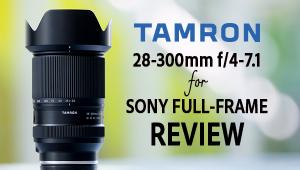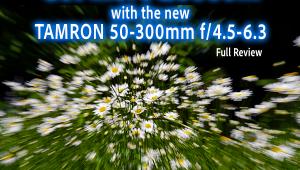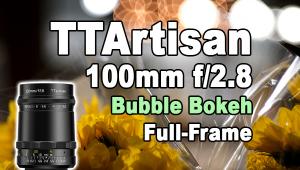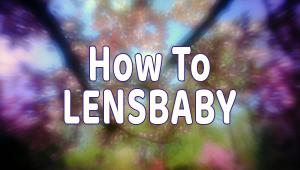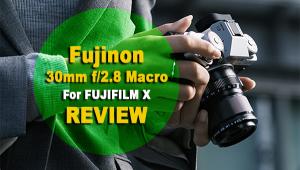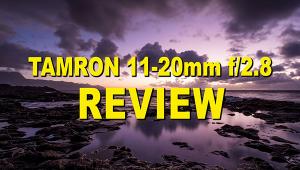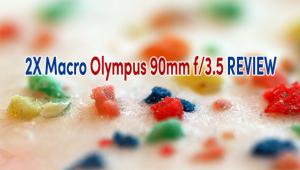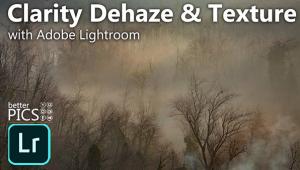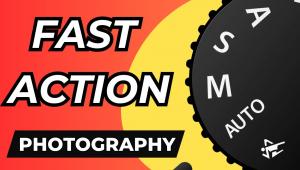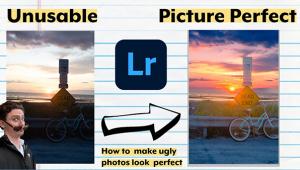Tamron’s 17-50mm F/2.8 Lens; A Constant Aperture, Image Stabilized Zoom
The new Tamron SP AF17-50mm F/2.8 XR Di II VC LD Aspherical (IF) joins a growing community of wide-zoom lenses. In contrast to an earlier version of this lens, which is available in several mounts, this APS-C Tamron optic (designated Model B005/$649 street price) is only available in Nikon DX (with built-in motor) and Canon mounts. Given that I mated this lens to a Nikon D300, that effectively gave me a range of focal lengths from 25.5mm to 75mm, wide to portrait lengths, if you will. One more thing that makes this lens different from its predecessor: built-in image stabilization.
|
Tamron SP AF17-50mm F/2.8 XR Di II VC LD Aspherical (IF)
|
|
 |
|
|
With an f/2.8 maximum aperture, this zoom gives you a 2⁄3-stop boost in speed when compared to many zooms (with a starting focal length between 16-18mm) that have an f/3.5 maximum aperture. What’s more, competitive zooms often have variable maximum apertures, down to f/5.6 at the long end.
Even a fast lens and a steady hand are no match for relatively long shutter speeds. What’s more, surrounding vibration (riding in a vehicle, flying in an airplane, passing traffic or freight trains) and buffeting strong winds are all conditions that could lead to blurred shots. That’s where image stabilization plays a vital role; in Tamron parlance it’s Vibration Compensation—VC, for short.
|
Park At Sunset
|
|
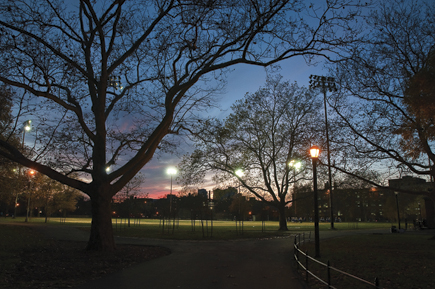 |
|
|
Mechanically Speaking
Many zooms exhibit “lens creep.” That’s where the lens focal length changes by virtue of the lens barrel’s own weight (or mass, to be technical) as the camera is hanging from your neck, lens downward. So, to prevent that phenomenon, this lens has a zoom lock at the 17mm position. Well, I didn’t see any lens creep so I never felt a need to engage this function. Better still, the lens balanced nicely against my D300, with just the slightest downward tilt.
And the zooming ring itself worked quite smoothly.
While autofocus no doubt benefits by having a larger maximum aperture to begin with, it is difficult to objectively evaluate autofocus speeds under field conditions. But I can say that autofocus performance was on a par with other lenses tested on this camera. Manual focus is another matter. Manual focusing proved a bit uneven, but not to the point of preventing me from using it effectively in those rare moments when it was engaged. I just wish it were smoother.
|
Magic Hour And Streaking Traffic
|
|
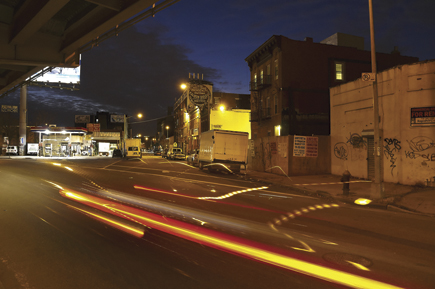 |
|
|
To engage autofocus, set the switch on the lens to AF, but be sure the camera is also in Autofocus mode (single-shot or continuous). If the camera is in Manual Focus mode, the lens will not autofocus.
To activate manual focus, however, use the switch on the lens—set to MF—but any Focus mode on the camera will do. Regrettably, unlike many OEM lenses, this optic does not have full-time manual focusing override when set to Autofocus mode. Also worth noting: thanks to internal focusing, the front element does not rotate, benefiting polarizer and grad filter users. And that stationary front element also applies while zooming.
|
Doll Face (Close-Up)
|
|
 |
|
|
Optical Features
This Tamron 17-50mm employs several prime optical ingredients needed to cook up a high-quality lens. It boasts XR (Extra Refractive Index) glass, LD (Low Dispersion) elements, and aspherical lenses. Add to that Tamron’s own brand of multi-coating, which they call BBAR (Broad-Band Anti-Reflection).
I made over 2000 exposures with this lens out in the field, under real-life conditions, where it counts, and I was quite satisfied with the results overall. Vignetting was mildly apparent at f/2.8, but was corrected when the lens was stopped down to f/5.6. Flare occasionally crept in and only to a minimal degree, largely as flare ghosts, where bright light sources could not be avoided. I didn’t detect any pronounced lateral chromatic aberration. Barrel distortion at the 17mm end was readily apparent, but that was largely corrected with increasing focal length. Pincushion distortion at the 50mm end was practically nonexistent.
|
Forced Perspective
|
|
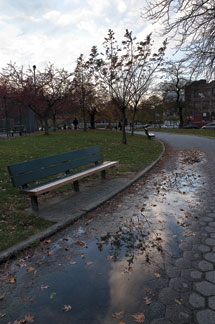 |
|
|
Given that the f/2.8 maximum aperture was a key selling point on this lens, I felt I also needed to do some testing under controlled conditions. So I set the camera and lens on a tripod, shooting at both focal-length extremes. As expected, optical performance was optimized at f/5.6. The lens did better at 50mm, exhibiting some loss in sharpness at the corners and along the edges (but some of this loss in image quality may have been due to vignetting veiling the image). In contrast, the 17mm test images were decidedly soft at f/2.8 but not enough to dissuade me from exploiting the potential benefits of this lens at maximum aperture.



